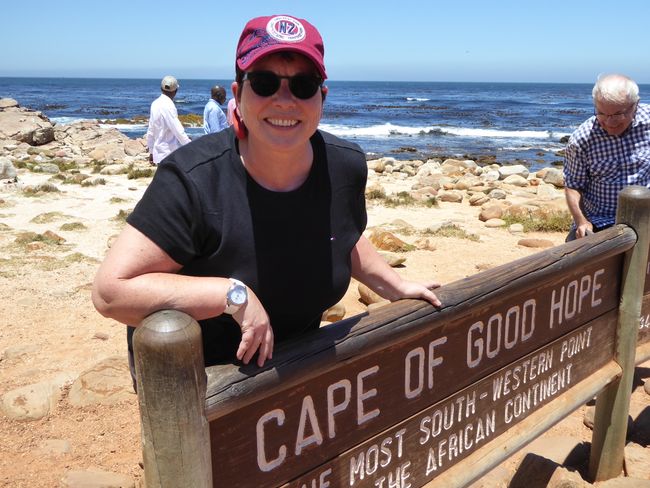
Südafrika - Kapstadt, Stellenbosch & Garden Route
vakantio.de/sudafrika_capetown_gardenroute
Adopting a Penguin
Oñemoherakuãva: 06.09.2019
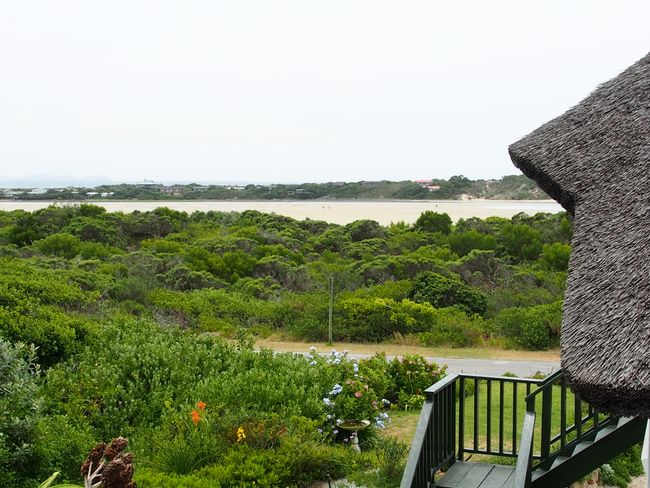
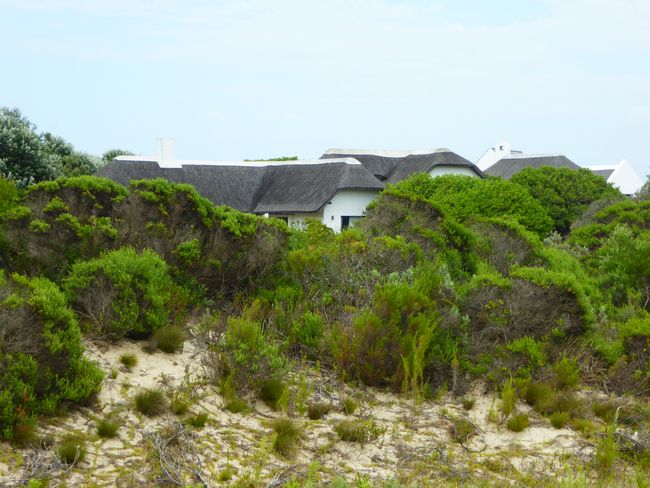
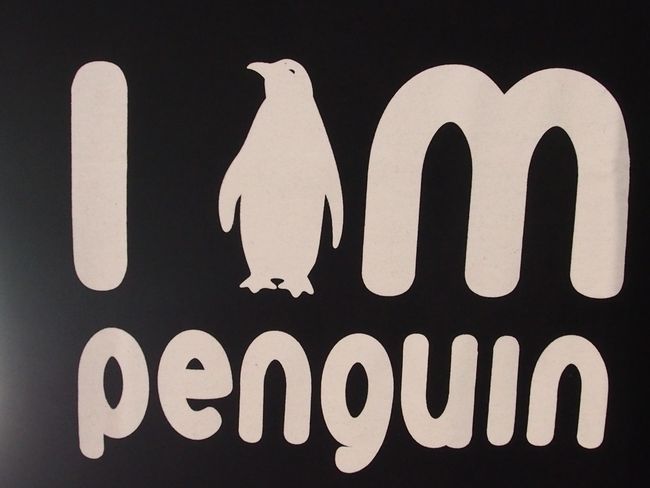
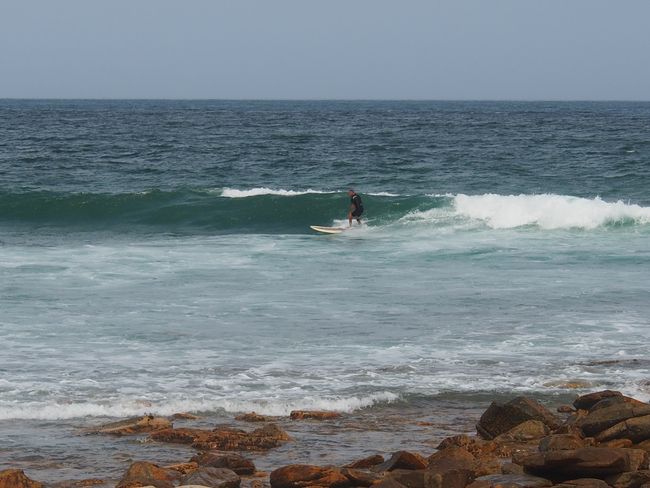
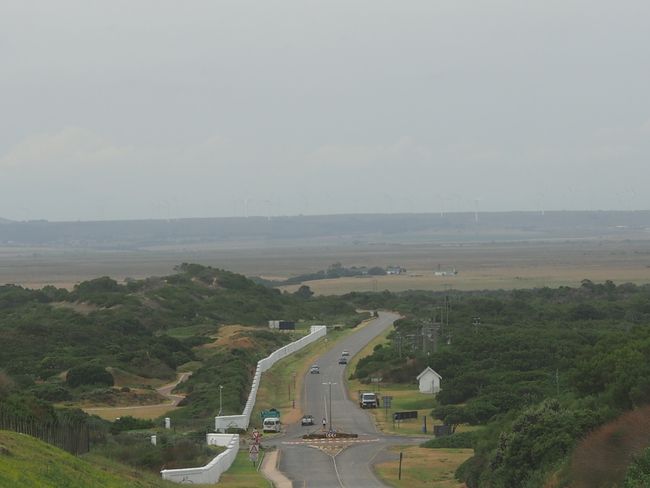

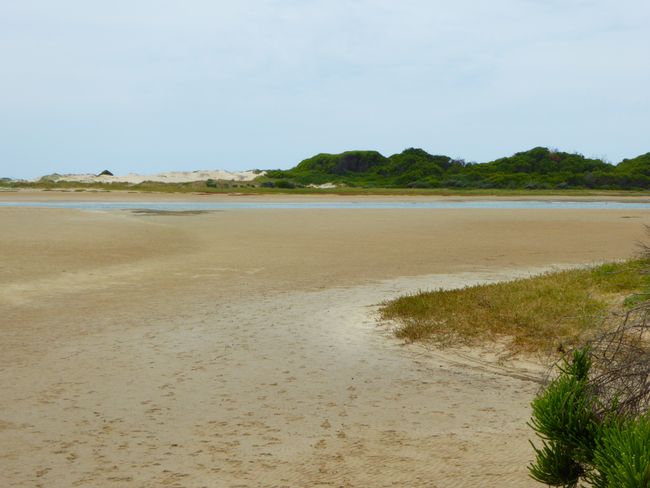
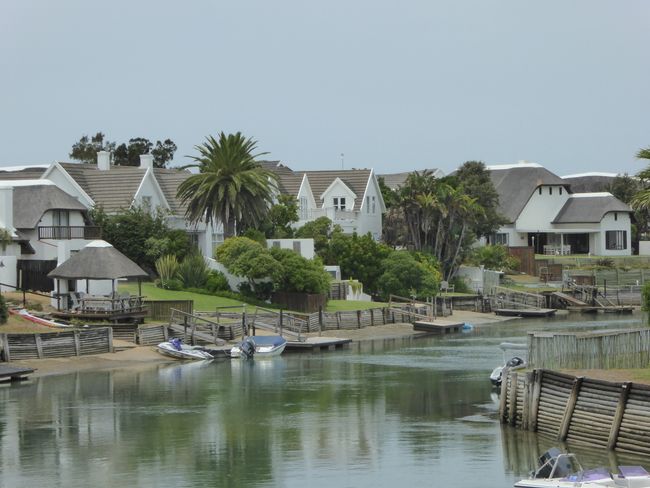
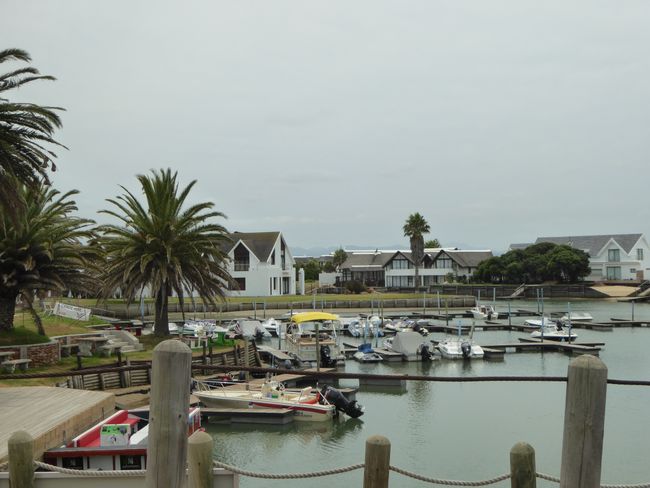
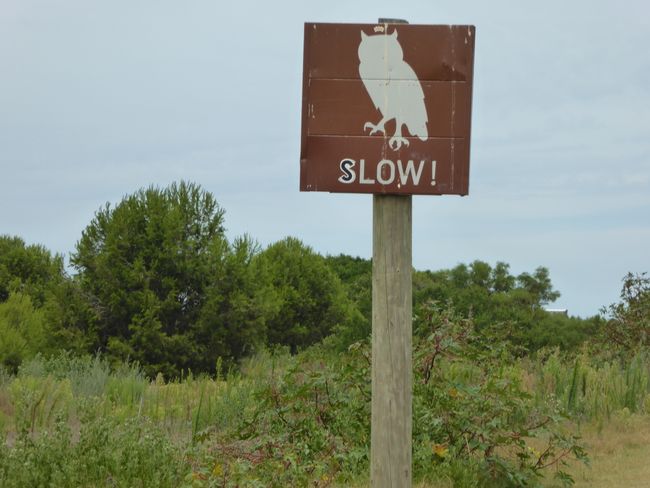
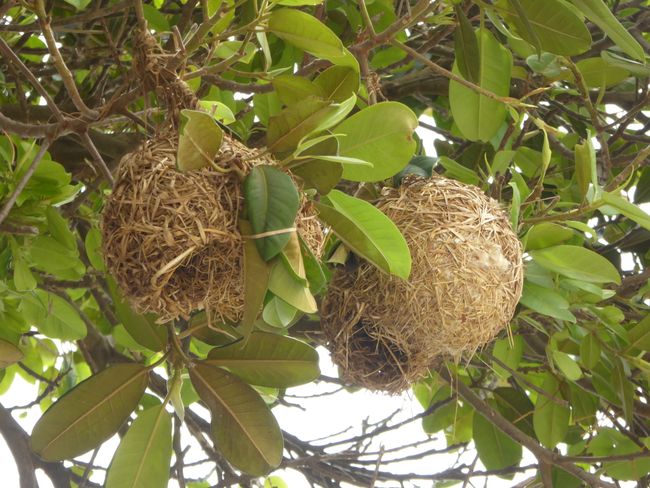
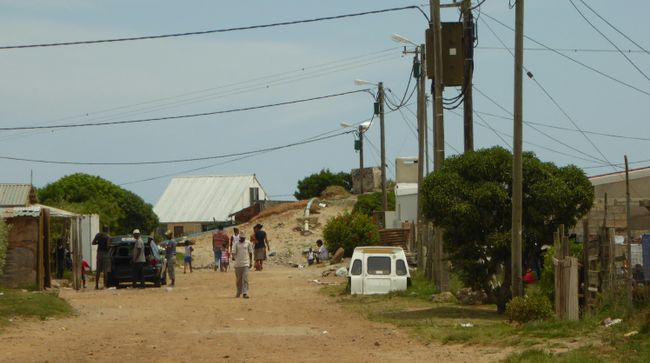
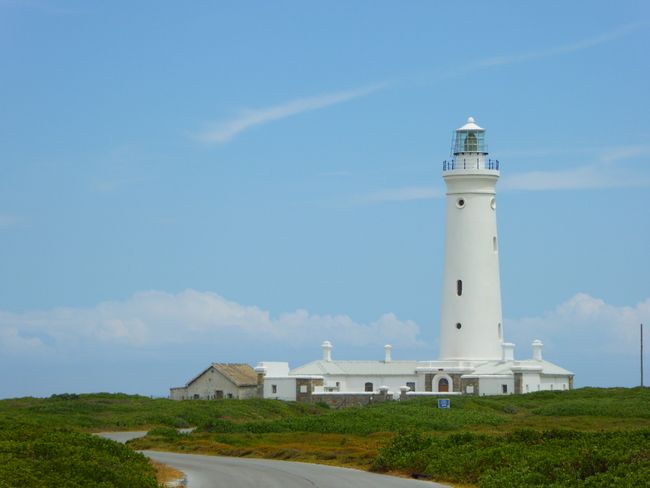
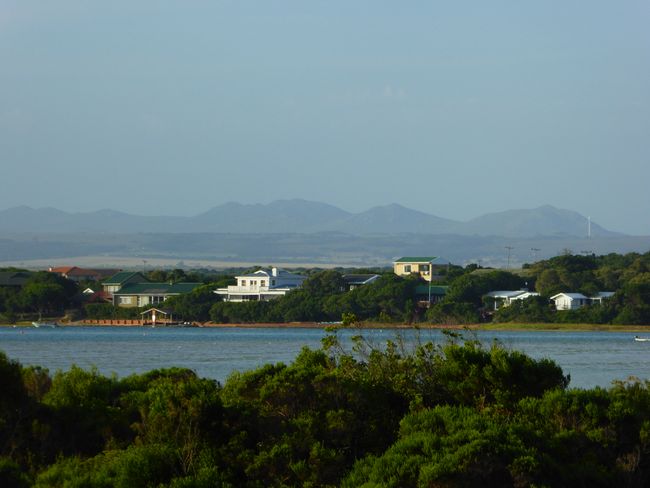
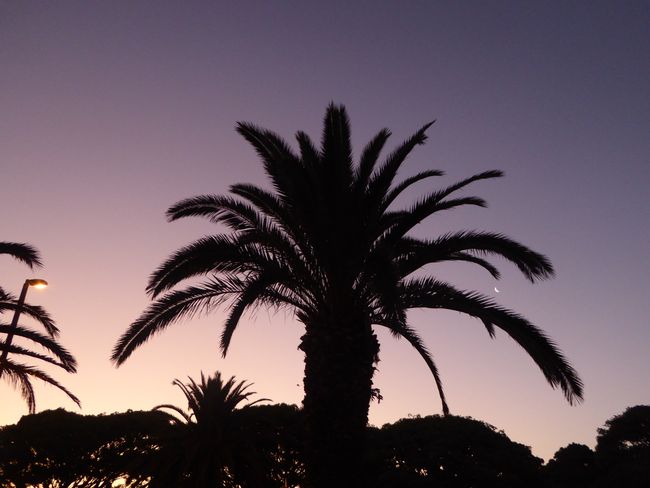
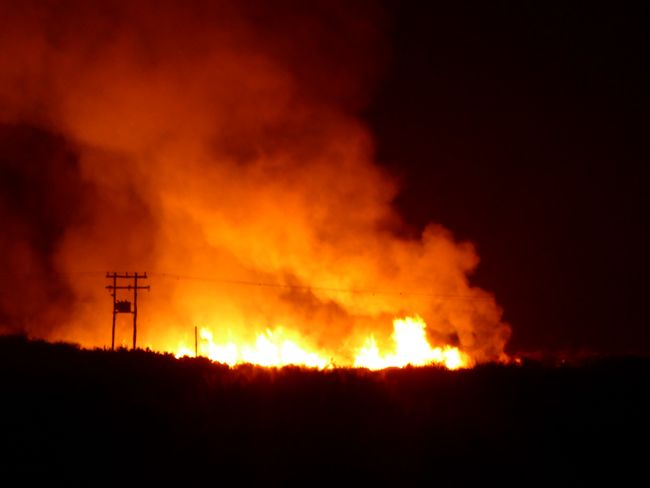
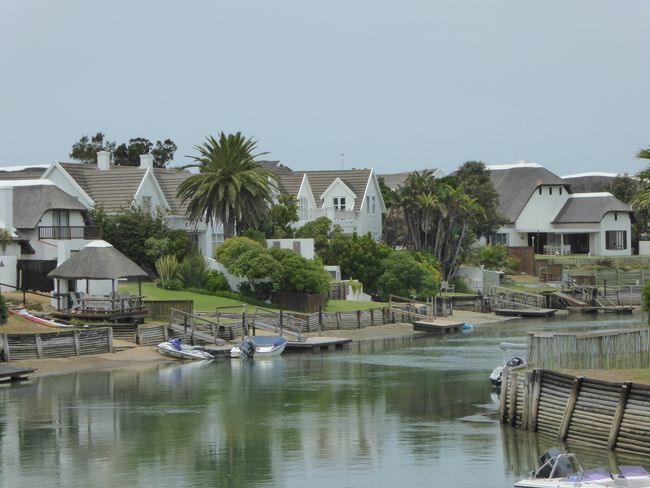
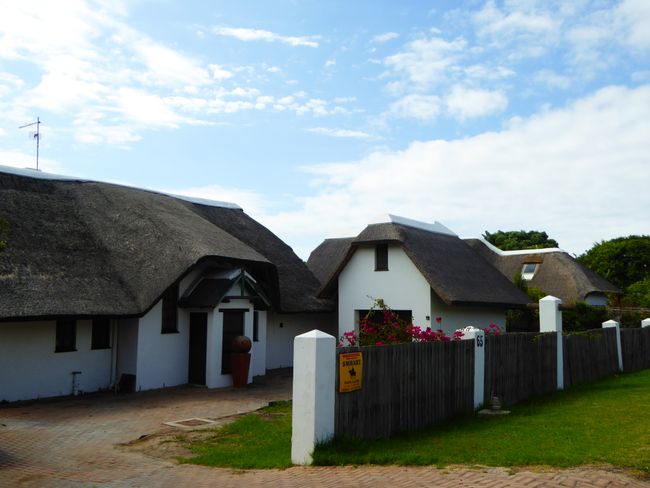
Ejesuscribi Boletín de Noticias-pe
Wednesday, January 13, 2016
Until 9:00 a.m., we have breakfast at a large communal table in the i-lollo Lodge in St. Francis Bay. Two couples from England share breakfast with us, which is really great. Fresh fruit, yogurt in two varieties, toast, eggs upon request, 3 types of jam, coffee made with a Plunger.
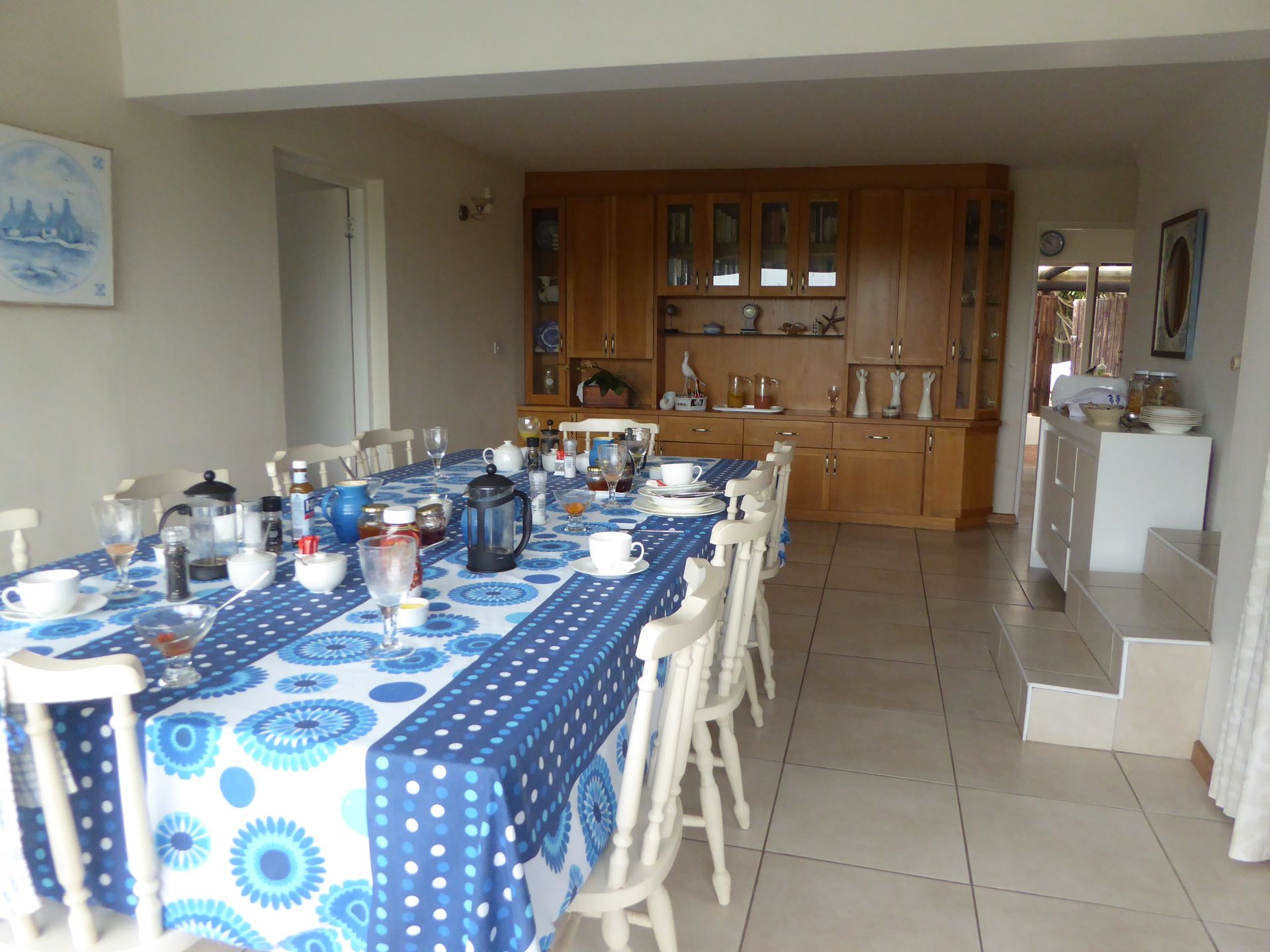
The two elderly, overweight beagles trot around us, hoping that something edible will fall from the table.
Three years ago, Ann tells us, 75 thatched roof houses were destroyed in a fire here. St. Francis Bay has 3,000 residents. During the season, it can go up to 30,000. Then, people have barbecues here, without always considering that sparks are the worst fire hazard in this area. Since there is a constant wind blowing here, a house fire can quickly become a fire in dozens of houses. There is only a small fire station in town with maybe one fire truck.
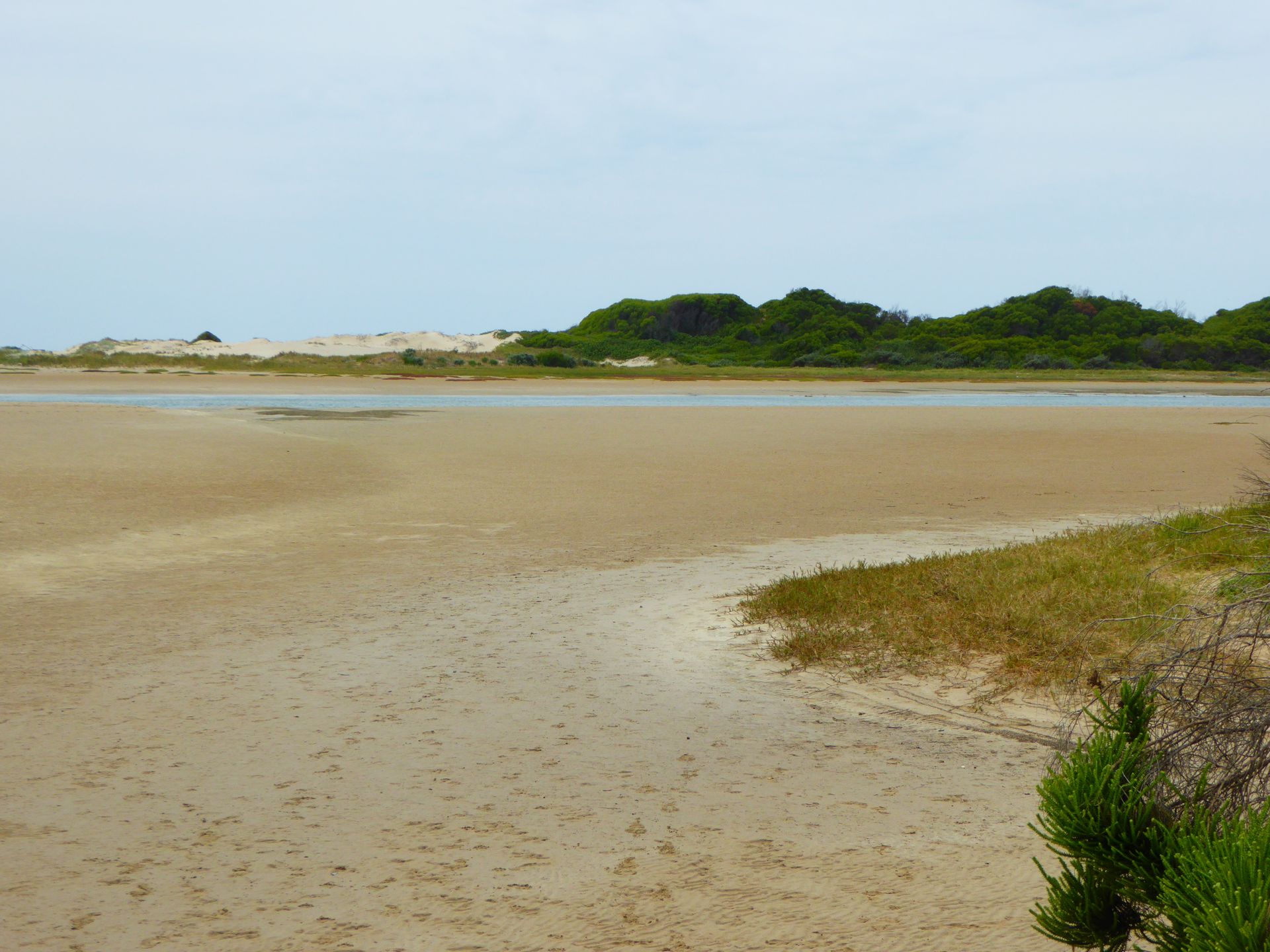
In the morning, we sit on our river beach in our beach chairs, which is not very comfortable because the wind is quite cold. In addition, families here race their vehicles over the water and the beach, which is annoying in terms of sound and smells strongly of gasoline.
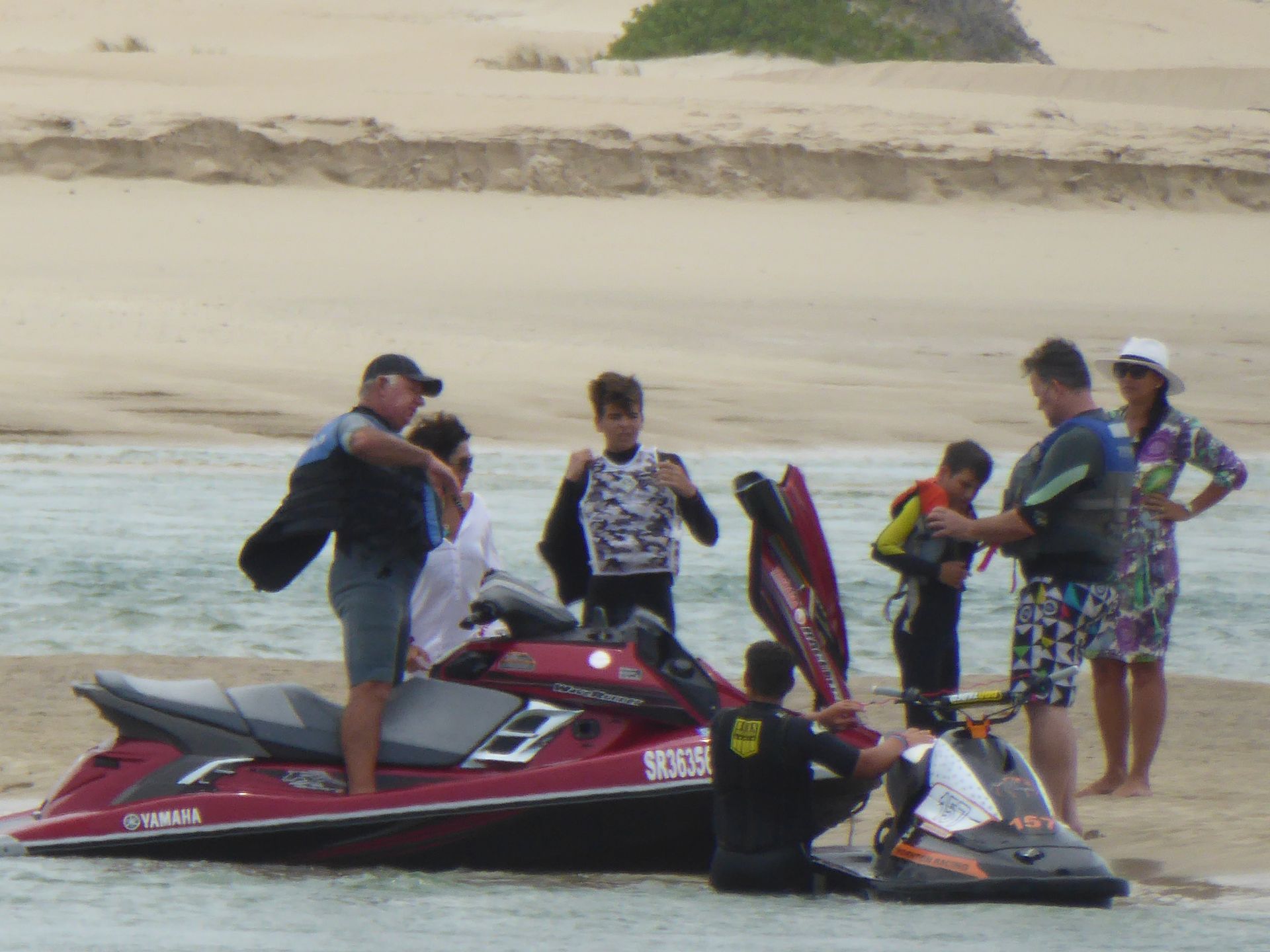
It is 23 degrees Celsius, but the cold wind comes from the sea. So at 12:00 p.m., we go over to the hotel, grab some different things, and go on a tour of exploration.
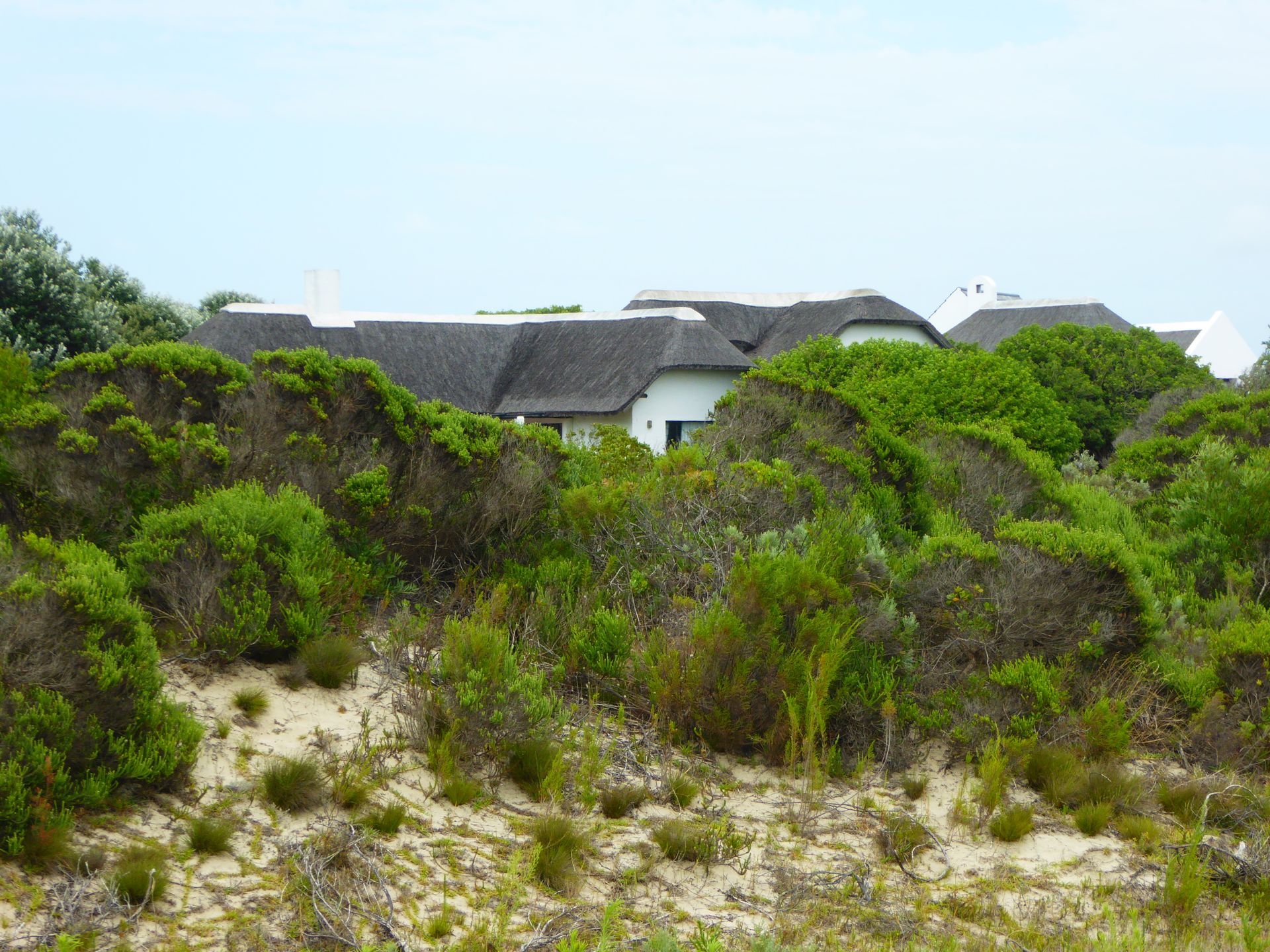

In downtown St. Francis Bay, there are a few boutiques, a bakery, a few banks, a supermarket - not really anything special. I quickly get myself a homemade apple pastry in the bakery, which is really delicious.
So we continue to Cape St. Francis. Surprisingly, the route also passes by a township here. In this affluent area, this is rather unusual and a strange sight. The township is practically in the middle of the fields.

Cape St. Francis does not have a center; the marina is surrounded by houses and not visible. So we drive to the old, beautiful lighthouse from 1858.
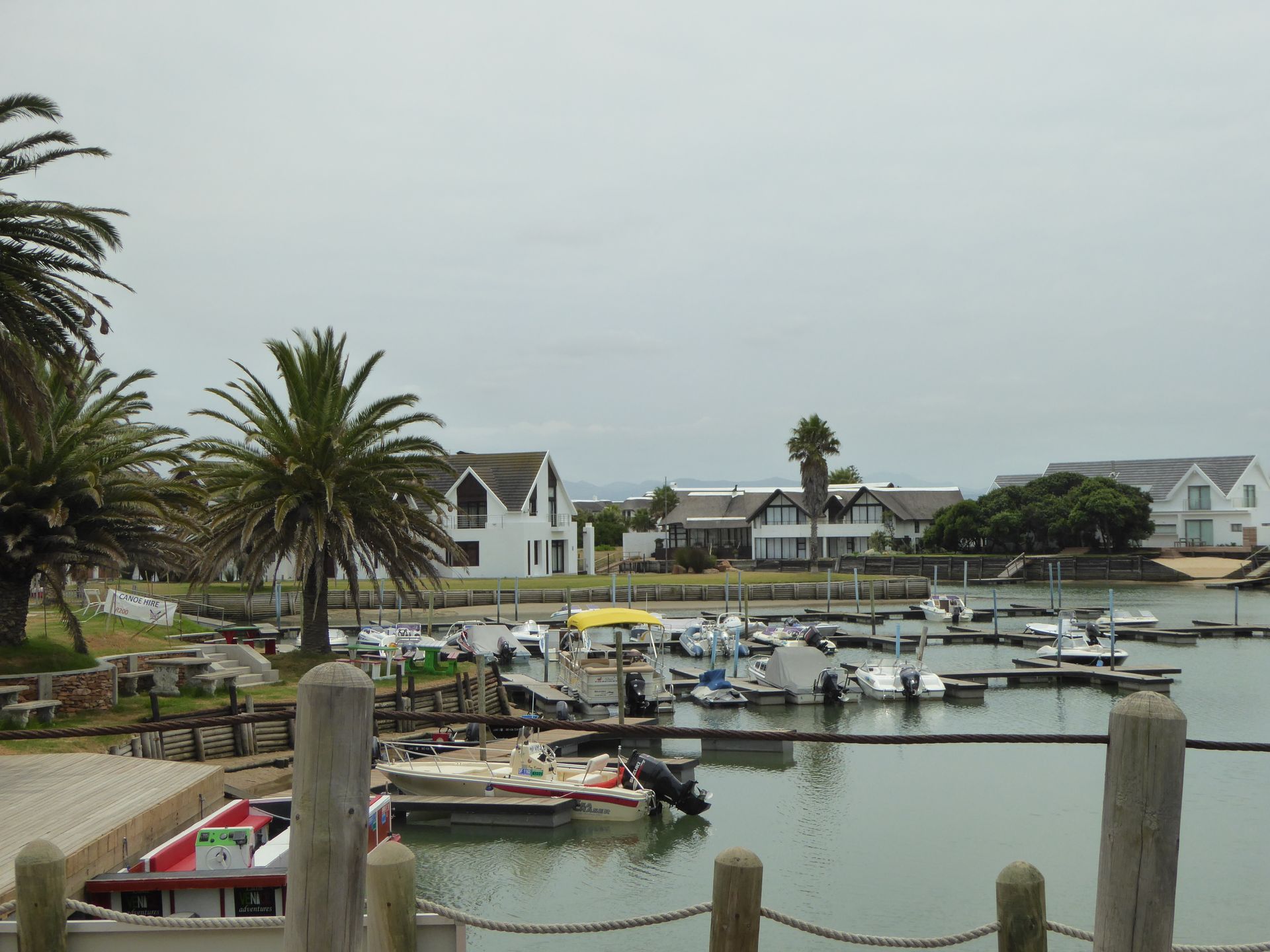

Next to it is a penguin and seabird rehabilitation center. The often adorable penguins stand side by side, leaning against each other, peacefully dozing.
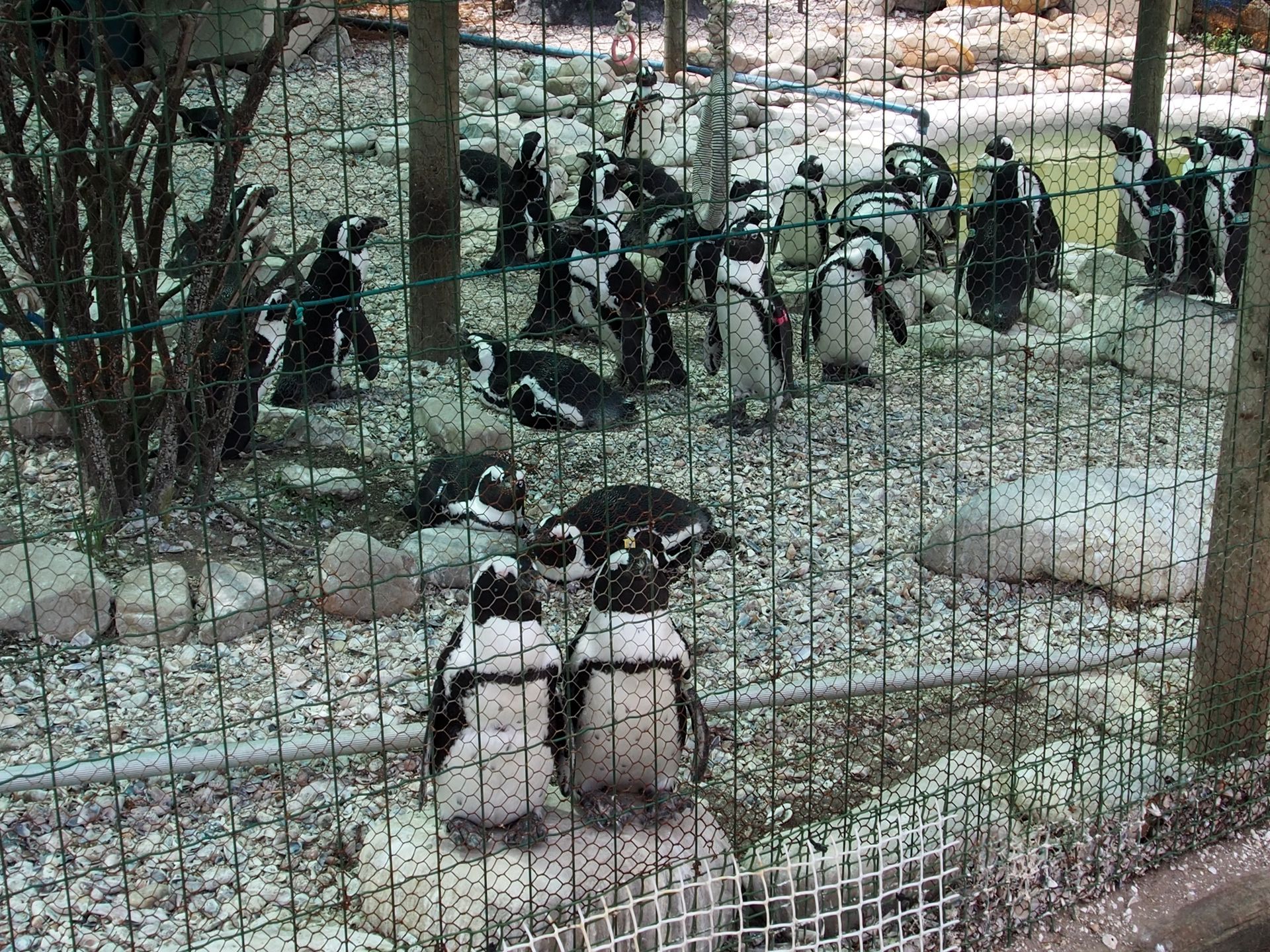
In the shop, we find out that you can adopt penguins. Either you decide on one that they have already released after its rehabilitation or you choose one of the animals still being rehabilitated here. On the wall, there is a whole photo gallery of those that have already been adopted and released into the wild with their names.
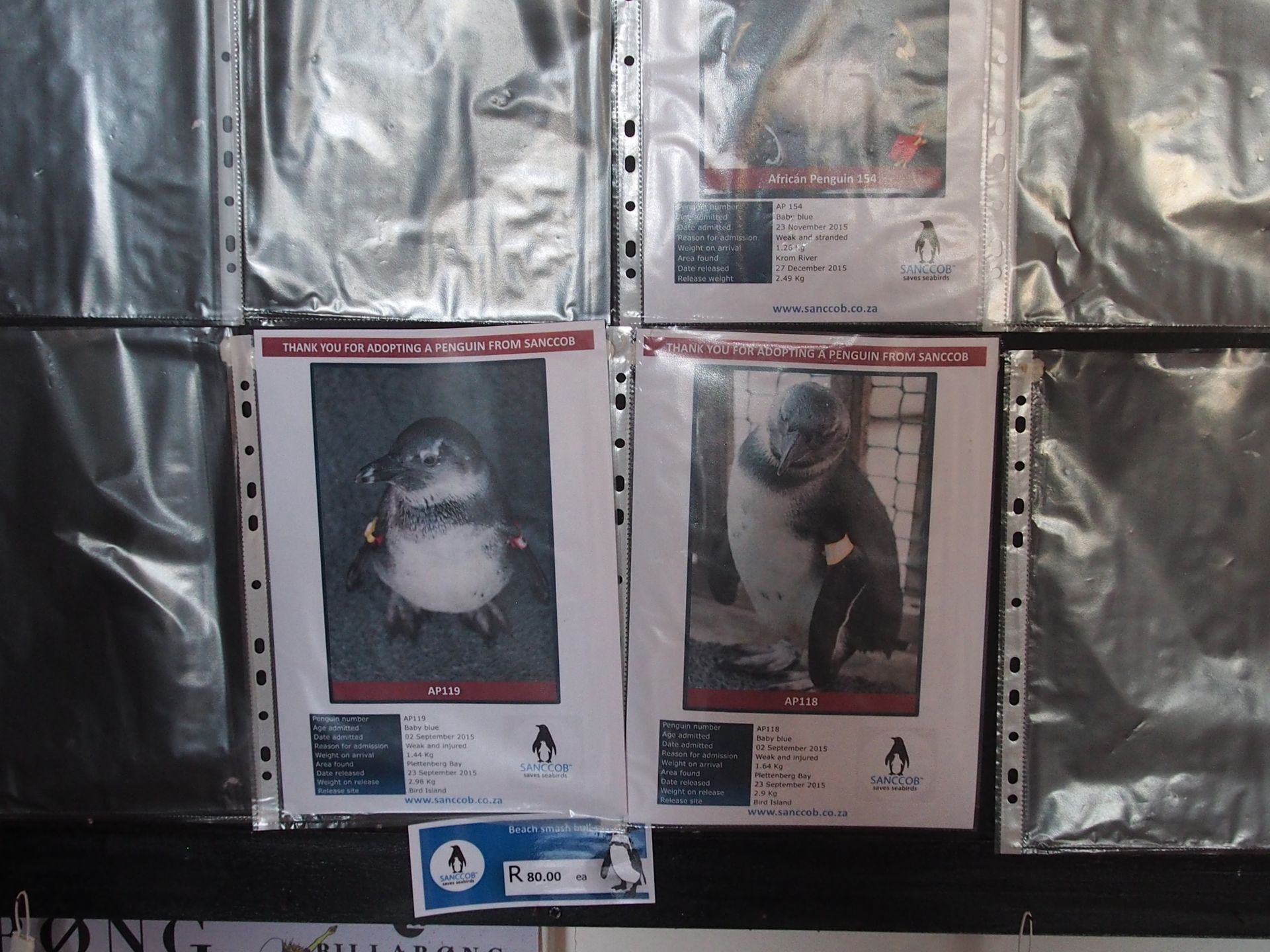
I decide to adopt one of the penguins that is still in the center. It doesn't matter which one. When the time comes, everything will be sent to me by email. Including an adoption certificate. 500 Rand is well invested money here. My penguin will be named VeeBee. Within the next month, one of the recovered animals will be released as VeeBee back into the wild. Usually, the animals stay here for about 3 months and get healed. Those that are oil contaminated usually stay significantly longer.
Furthermore, if the animals go through molting during their care period, they need to be protected even more. During molting (about 20 days), penguins do not eat and lose weight. Before that, they eat like crazy for 30 days to survive this period of hunger. They eat around 1.3 kilograms per day and reach their maximum weight, and then they lose half of it by the end of the molting period.
The African Penguin is an endangered species. 100 years ago, there were still 4 million of them. 90% are gone now. Factors such as overfished seas and increasing environmental pollution are the main reasons for the decline.
We drive through Cape St. Francis, which has hardly any thatched roof houses, and then back to St. Francis Bay. We quickly buy water at Spar and I check my work emails in the sun on our balcony, write in my diary, while G. goes to the beach again, where due to the tide, the river now has significantly more water and is very wide.
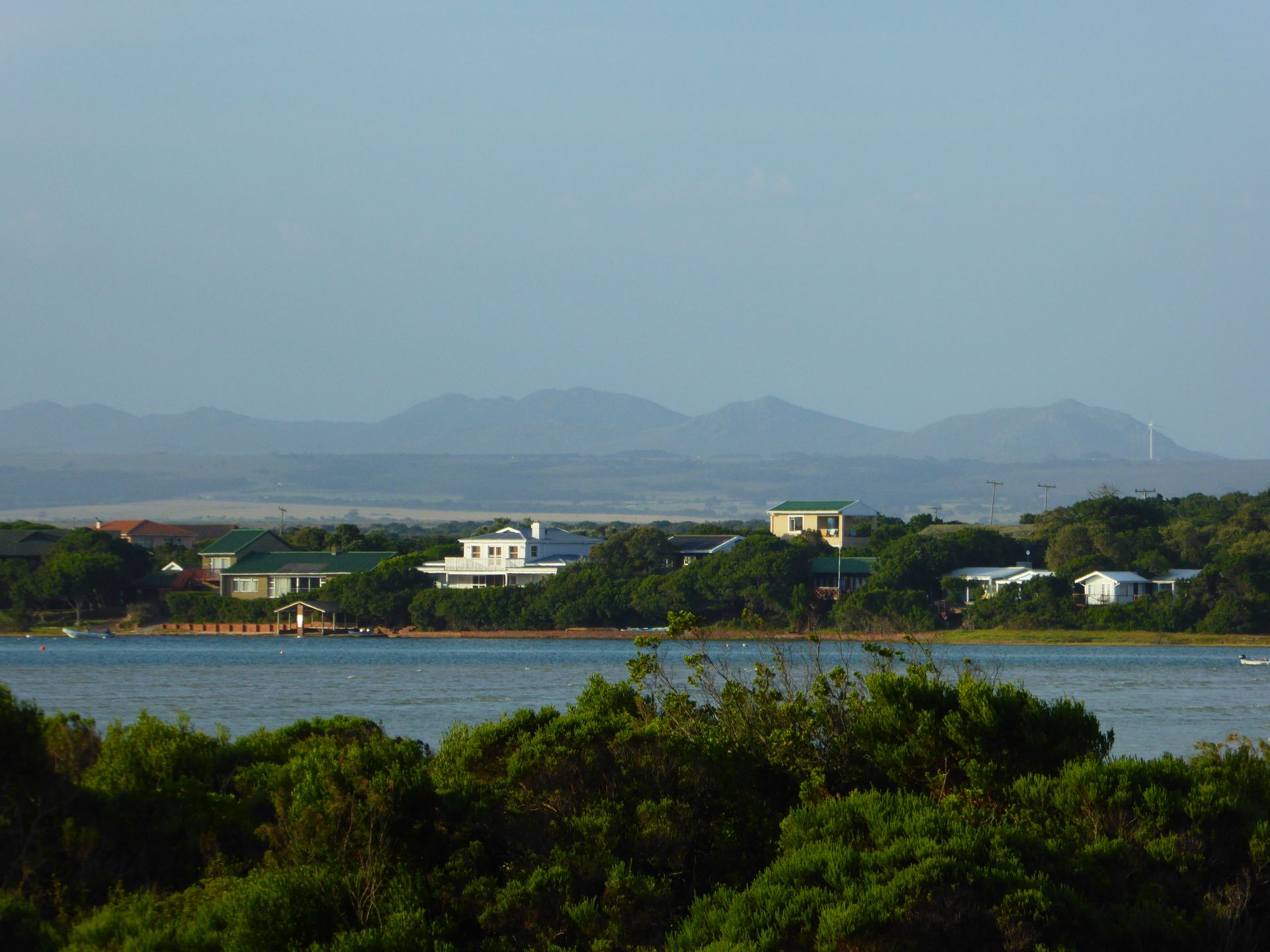

The afternoon is sunny, and in the distance, there are still clouds hanging over the hills.
On our way to dinner, we pass by the small fire station. Apparently, there are owls that prefer to fly over the road in the dark. We are surprised by a warning sign, a firefighter informs us.

We go to Cathy's Catch again for fish dinner and then follow the fire glow in the distance. We hope that what we talked about this morning won't happen again now?! Ultimately, a field is on fire in close proximity to the township. There are some spectators, and the fire appears quite big and is blazing wide and high into the night sky.
From our balcony, we can still see the glow of the fire.
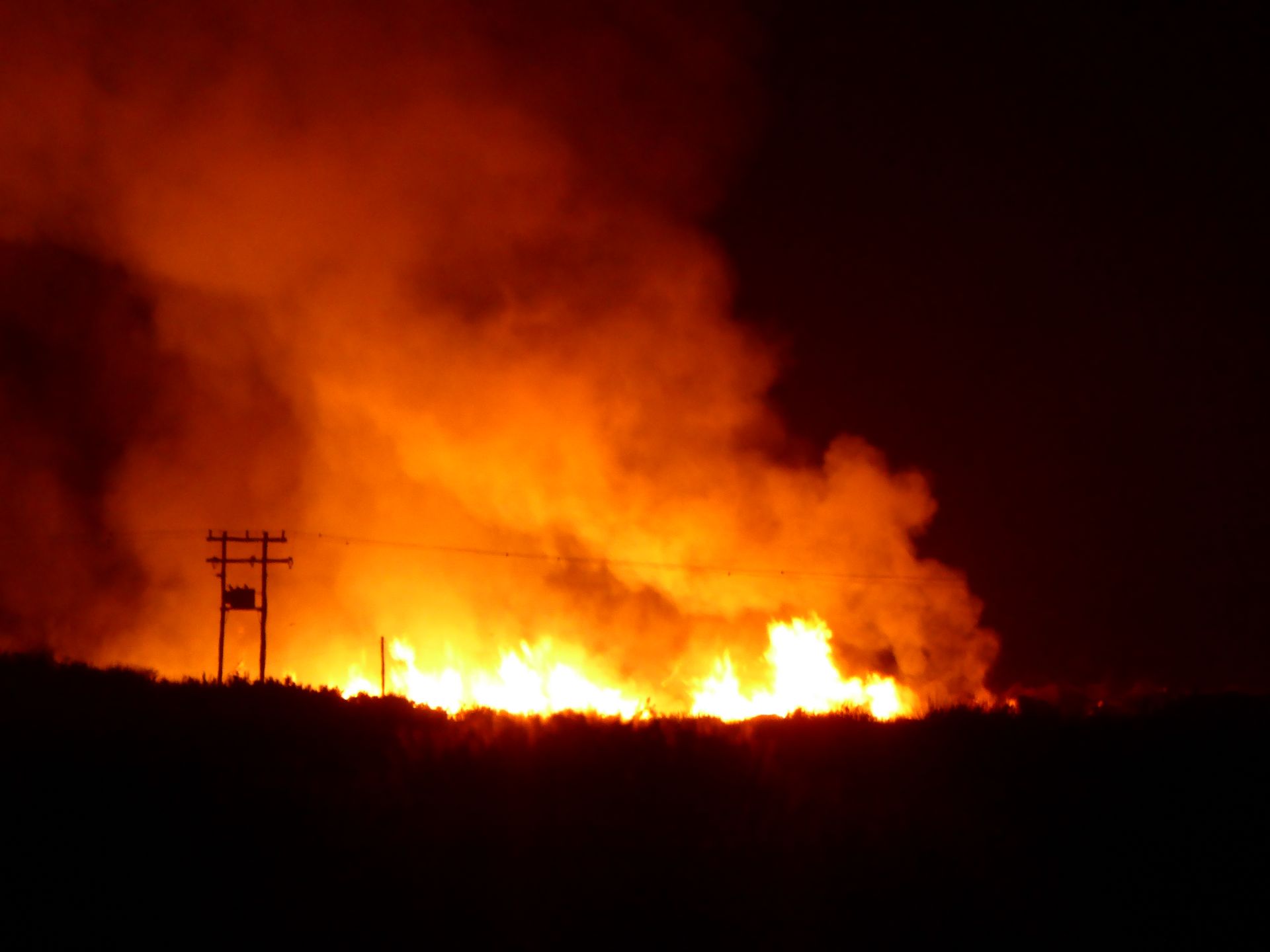
Ejesuscribi Boletín de Noticias-pe
Mbohovái

Marandu jeguata rehegua Canadá-pe
